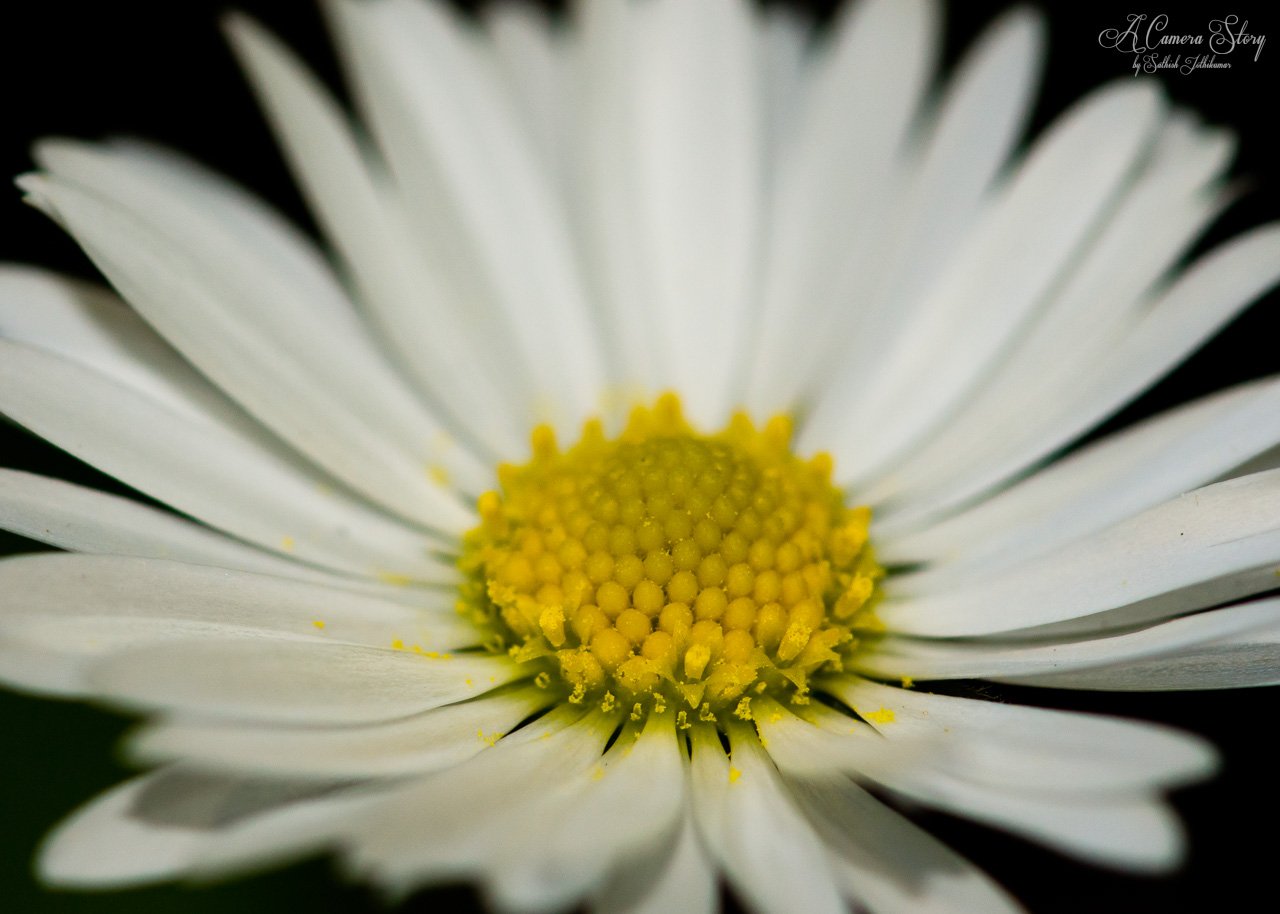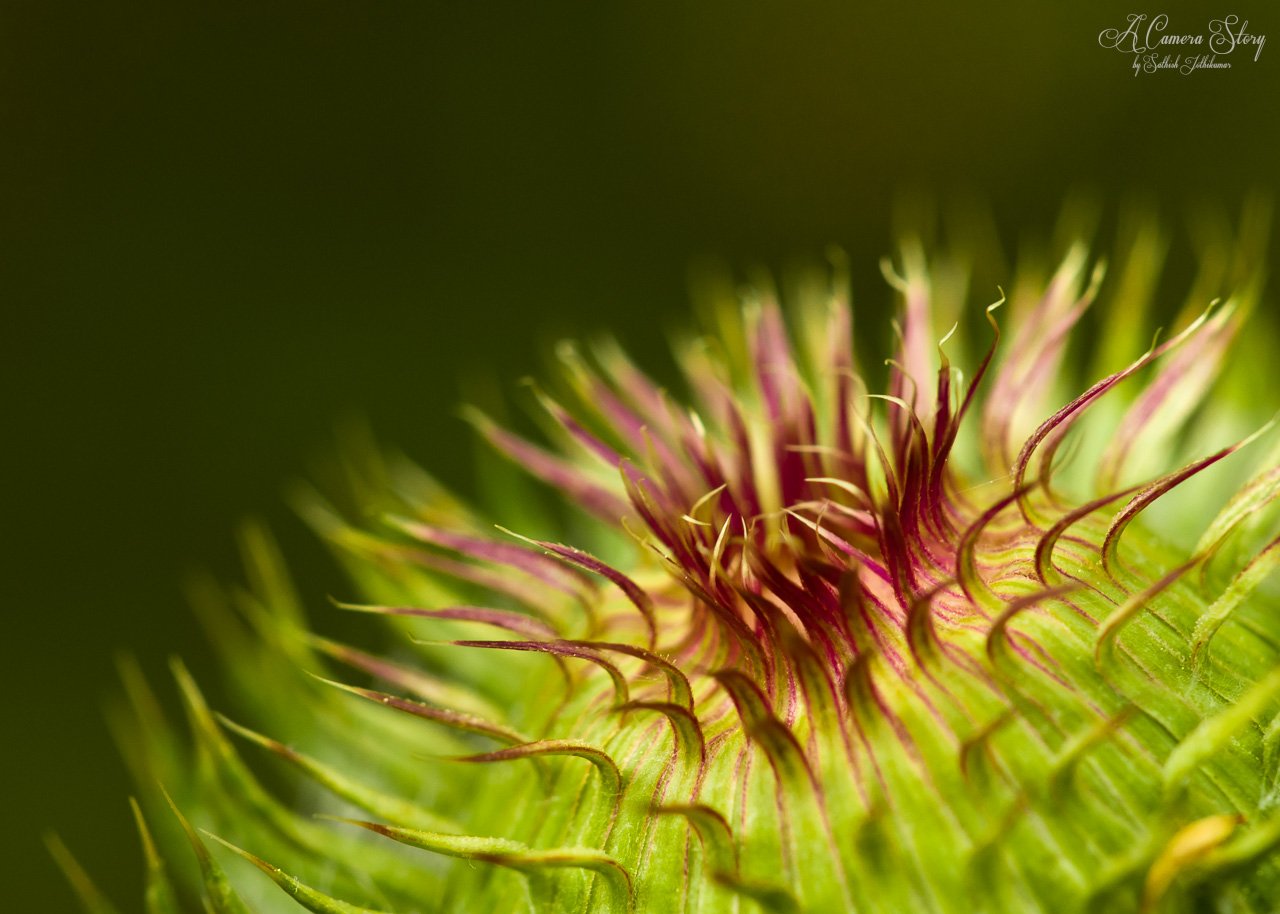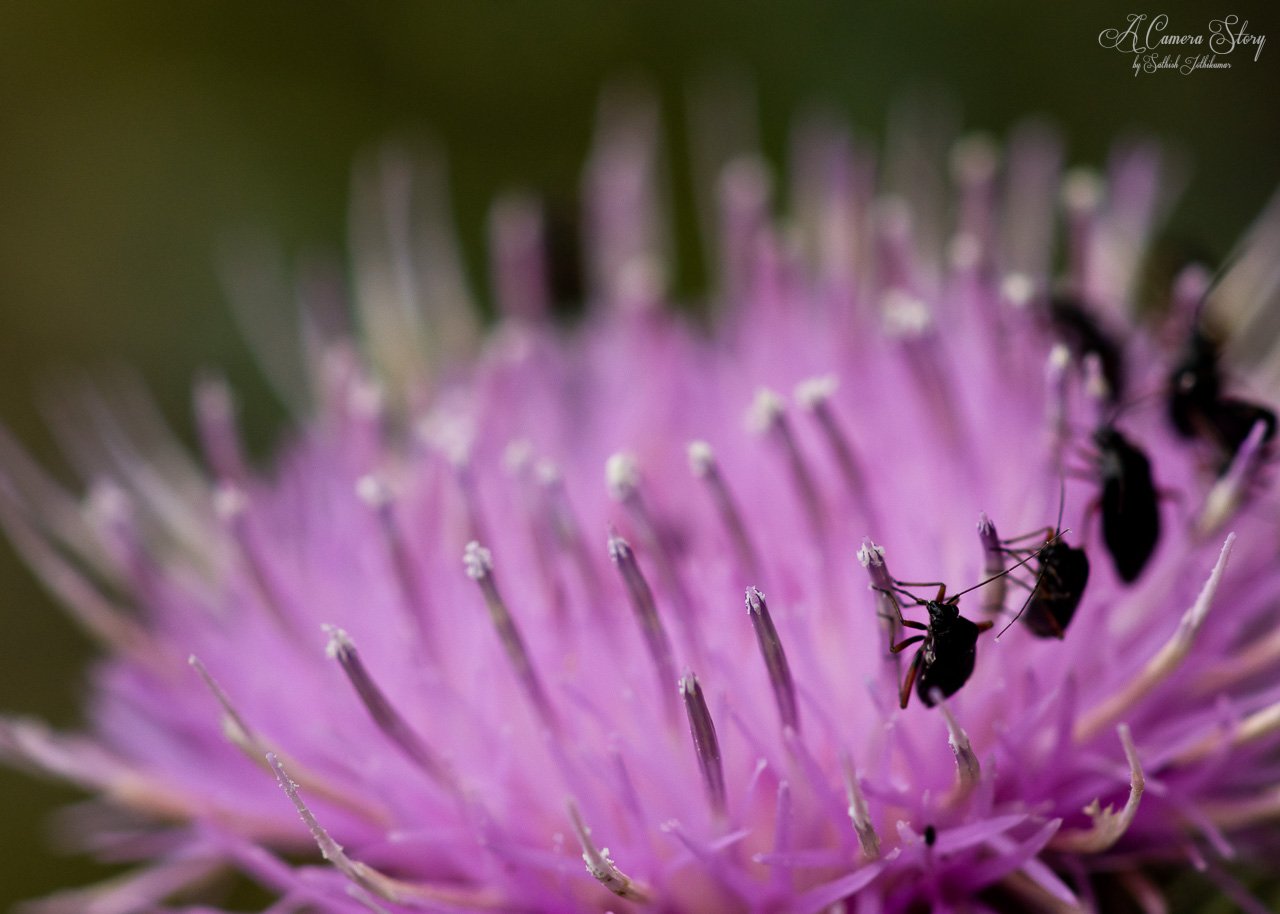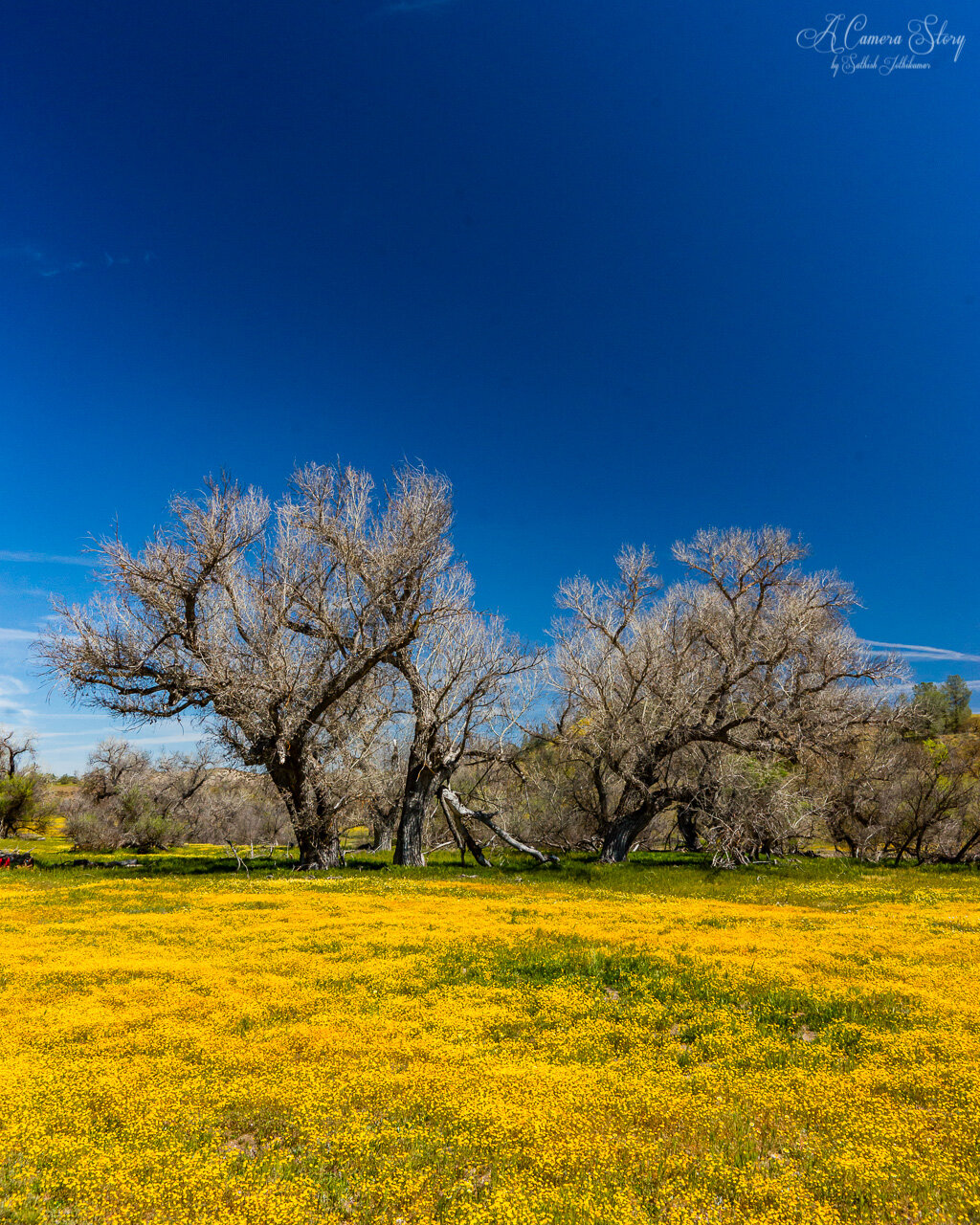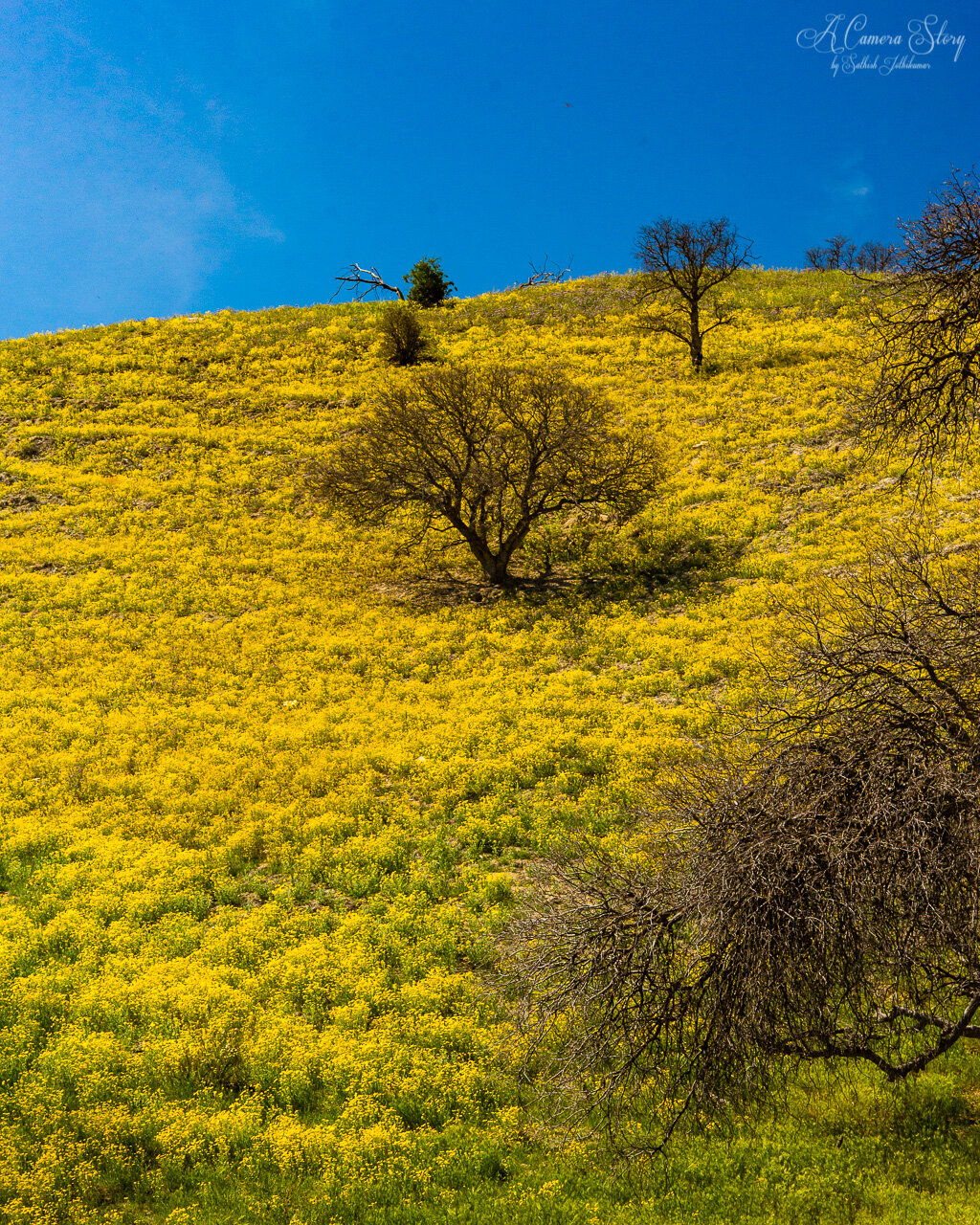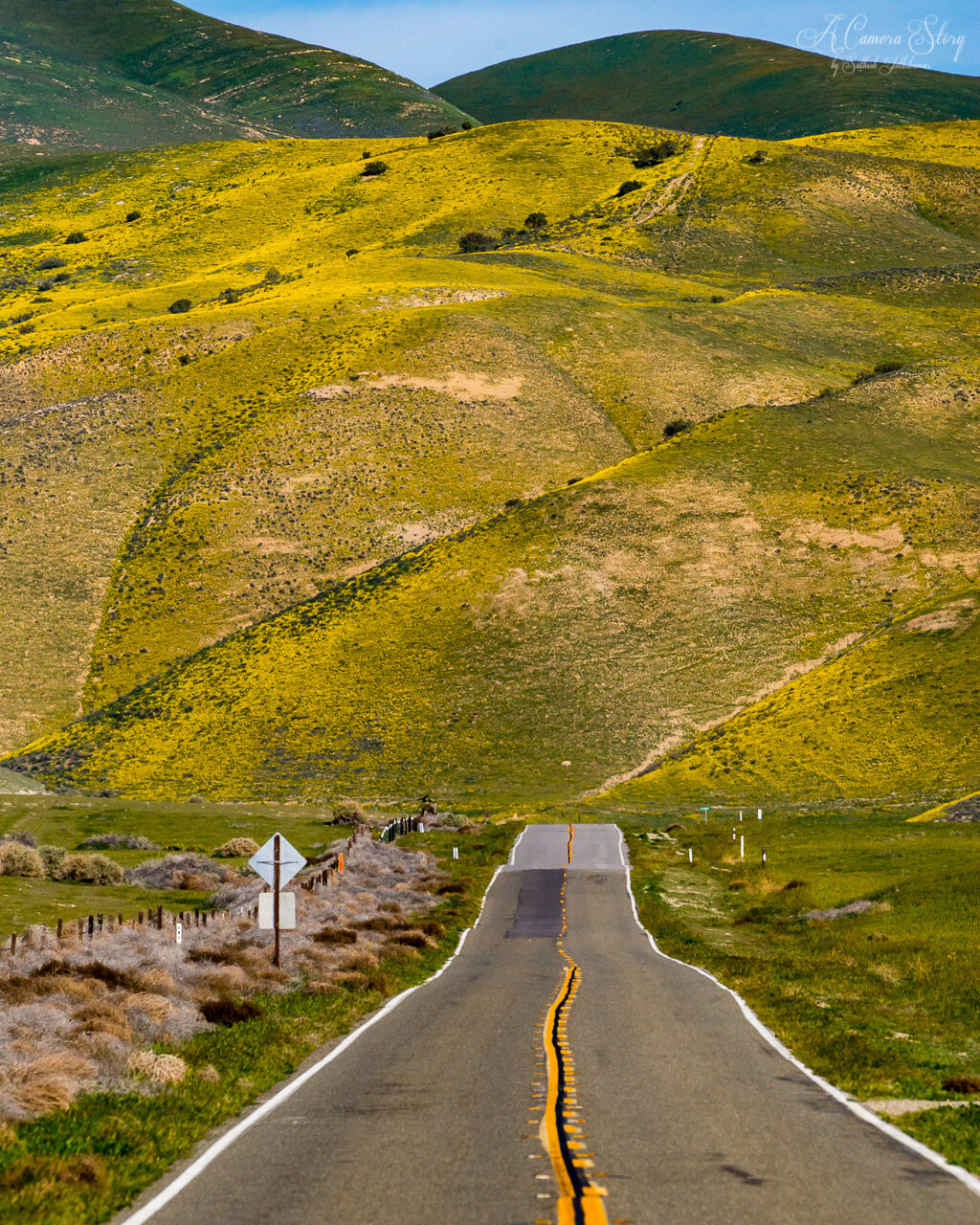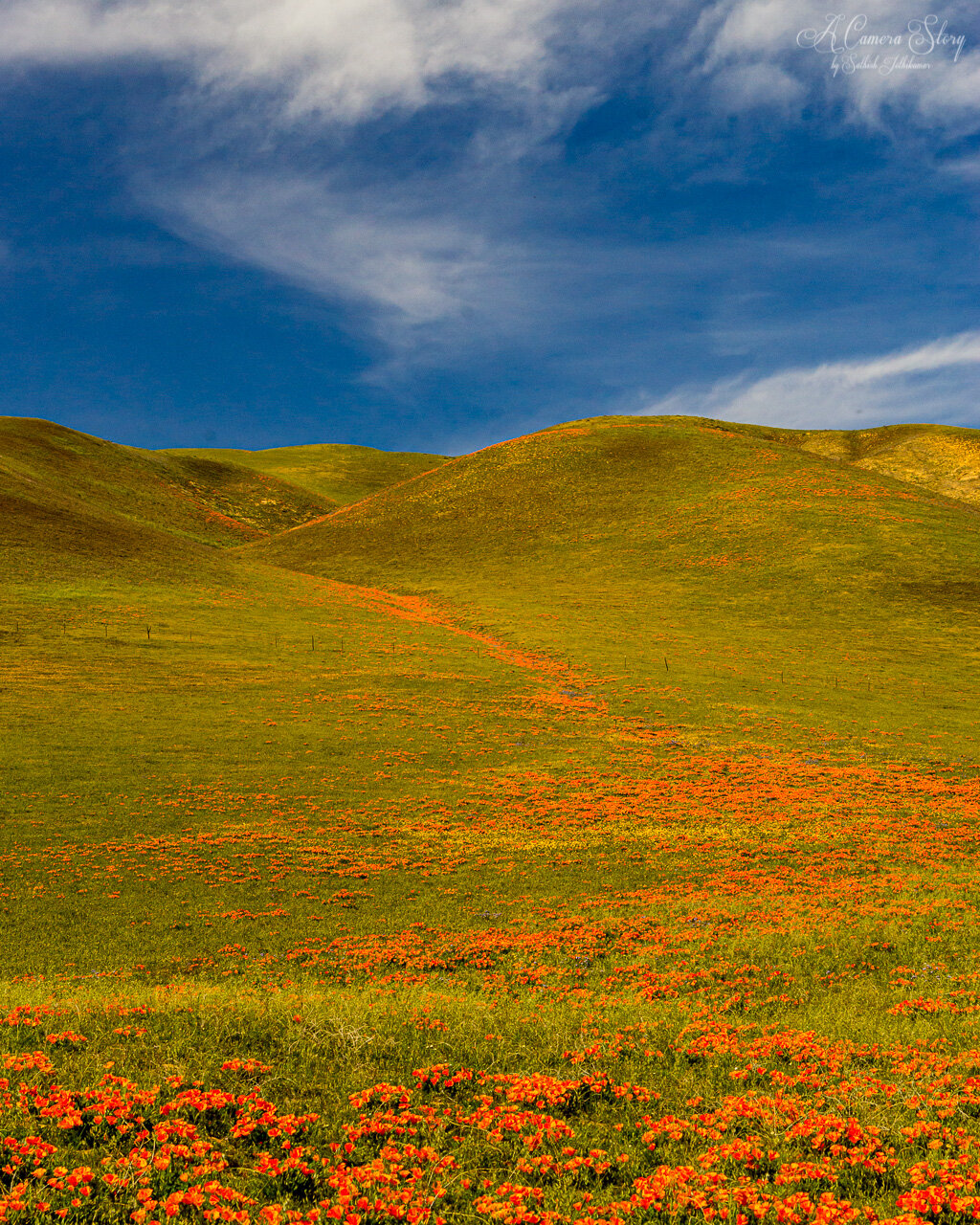I always wonder what led to rich diversity of wildflowers every time I witness a spring bloom event. The blooms I have witness comprise of anything from dainty buttercups with shiny golden yellow petals, blue petaled baby-blue eyes dotting the undergrowth near creeks, vivid reds of the Indian paintbrush in the thick bush, the soft orange of the ubiquitos California poppy fluttering in vast swathes under a sunny sky. And even though I have seen them from up close and from far away, I can never get tired of looking at nature's artwork.
Central California
USA



